Retrofitting Success: Upgrading Old Homes with Electric Water Heaters
Upgrading Old Homes with Electric Water Heaters Older homes exude charm and character, but they often come with outdated infrastructure, including water heating systems. Upgrading to modern electric water heaters not only enhances efficiency but also contributes to overall comfort. In this guide, we explore the process of retrofitting old homes with electric water heaters, ensuring success in transforming your living space.
**1. Assessment of Existing Infrastructure
Before embarking on the retrofitting journey, conduct a thorough assessment of the existing water heating infrastructure in your old home. Examine the type of heater, its condition, and compatibility with modern electric models. Understanding the current setup sets the foundation for a seamless retrofitting process.
2. Choosing the Right Electric Water Heater
Selecting the right electric water heater is crucial for a successful retrofit. Consider factors such as the size of the space, hot water demand, and energy efficiency. Tankless electric water heaters are popular choices for retrofitting due to their compact size and on-demand hot water supply, making them suitable for older homes with limited space.
3. Upgrading Electrical Wiring and Capacity
Older homes may have outdated electrical systems that require attention before installing electric water heaters. Consult with an electrician to assess and potentially upgrade the wiring and electrical capacity to meet the demands of the new water heating system. Ensuring compatibility with modern appliances is essential for safe and efficient operation.
4. Evaluating Ventilation Requirements
Some older homes may have water heaters that rely on natural ventilation. Electric water heaters often do not require the same ventilation systems as gas-powered counterparts, simplifying the retrofitting process. However, it’s essential to evaluate the existing ventilation and make any necessary adjustments to accommodate the new electric unit.
5. Addressing Plumbing Compatibility
Check the compatibility of the existing plumbing with the chosen electric water heater. In some cases, minor adjustments may be needed to ensure proper connections and optimal performance. Updating plumbing components, such as pipes and fittings, contributes to the longevity and efficiency of the retrofit.
6. Installation by Professionals
Retrofitting an old home with an electric water heater is a task best left to professionals. Hire experienced plumbers and electricians who specialize in retrofitting projects. Their expertise ensures that the installation is carried out according to safety standards and local building codes, minimizing the risk of issues down the line.
7. Consideration of Space Constraints
Older homes often come with limited space, requiring careful consideration of the electric water heater’s size and placement. Tankless models, wall-mounted units, or compact designs may be suitable for maximizing space efficiency. Work with professionals to determine the optimal location for the water heater that aligns with safety and space constraints.
8. Integration with Smart Home Technology
Take advantage of the retrofitting process to integrate modern technology. Electric water heaters with smart features can be connected to your home automation system, allowing for convenient control and monitoring. Smart technology enhances energy efficiency and provides real-time insights into water heating patterns.
9. Energy Efficiency and Cost Savings
Retrofitting with an energy-efficient electric water heater contributes to long-term cost savings. The initial investment in a modern, high-efficiency unit pays off over time through reduced energy consumption and lower utility bills. Consider the Energy Factor (EF) rating when selecting a water heater for optimal efficiency.
10. Regular Maintenance for Longevity
After the successful retrofit, prioritize regular maintenance to ensure the longevity and efficiency of the electric water heater. Follow the manufacturer’s guidelines for flushing, inspecting components, and addressing any issues promptly. Routine maintenance safeguards your investment and ensures a continuous supply of hot water in your retrofitted home.
Conclusion
Retrofitting old homes with electric water heaters is a transformative process that enhances comfort, efficiency, and overall functionality. By carefully assessing existing infrastructure, choosing the right unit, and working with professionals, you can successfully upgrade your home’s water heating system. Embrace the benefits of modern technology and energy efficiency to create a more comfortable living space in your charming, older home.
Get Access Now
Ready to retrofit your old home with an electric water heater? Visit for insights, comparisons, and expert recommendations on electric water heaters suitable for retrofitting projects. Transform your home into a more energy-efficient and comfortable space with the right water heating upgrade.

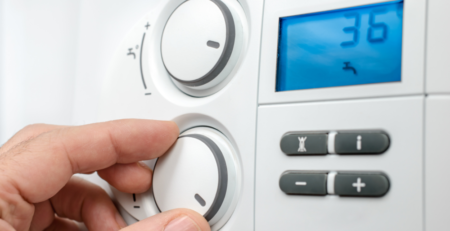
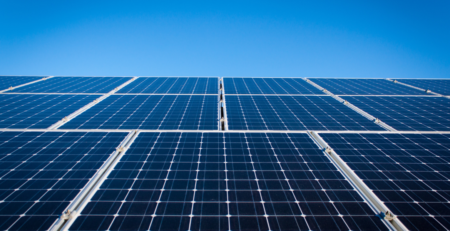
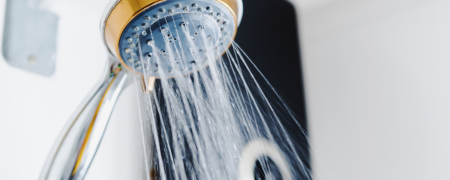
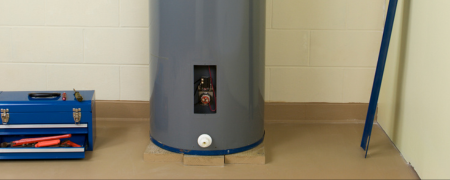
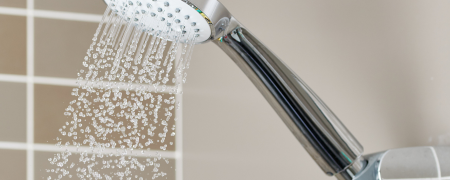
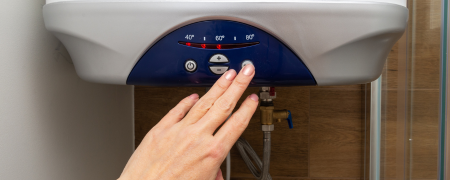
Leave a Reply